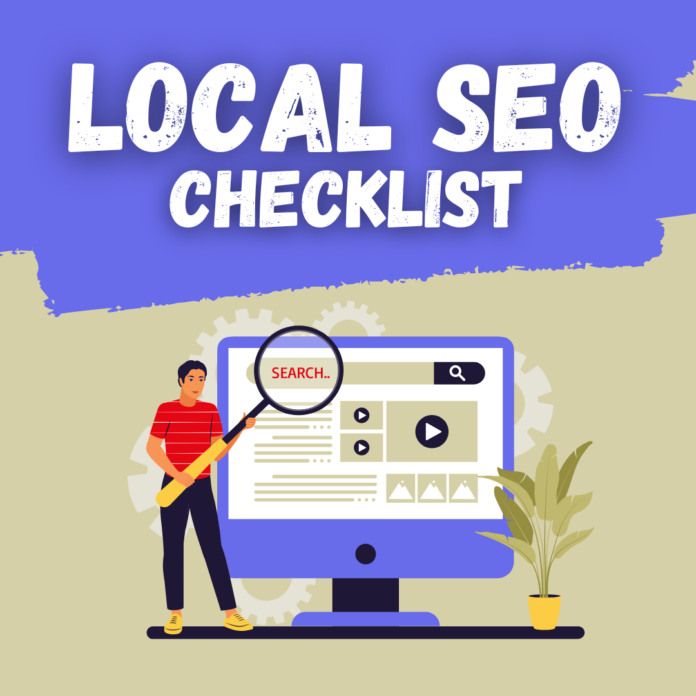Local SEO is a vital digital marketing strategy for businesses targeting a specific geographic area. By optimizing your online presence for local searches, you can attract more customers within your community and drive real-world results. In this comprehensive guide, we’ll explore the importance of local SEO, its key components, and actionable strategies to help you succeed.
Understanding Local SEO and Its Importance
Local SEO focuses on improving your business’s visibility in location-based searches, such as “coffee shops near me” or “plumbers in [city].” This type of optimization is essential for businesses with physical locations or those serving specific regions.
Benefits of Local SEO:
- Increased Visibility: Appear in local search results and Google Maps listings.
- Targeted Traffic: Attract customers actively searching for your services in your area.
- Improved Trust and Credibility: Build authority by showcasing positive reviews and accurate business information.
Key Components of Local SEO
To effectively optimize your local SEO, focus on the following core elements:
- Google My Business (GMB) Optimization: GMB is a free tool that allows businesses to manage their online presence on Google. Optimize your profile by:
- Providing accurate business information, including name, address, phone number (NAP), and operating hours.
- Selecting relevant categories for your business.
- Uploading high-quality images of your location and products.
- Encouraging customers to leave reviews and responding promptly to them.
- Localized Content: Create content tailored to your local audience. For example:
- Blog posts about community events or local industry trends.
- Landing pages targeting specific neighborhoods or cities.
- Local Keywords: Use location-specific keywords to target your audience effectively. Incorporate these keywords naturally into your website content, meta tags, and URLs. For example:
- “Best pizza in [city name]”
- “Affordable landscaping services in [neighborhood]”
- NAP Consistency: Ensure your business’s name, address, and phone number are consistent across all online directories, including Yelp, Bing Places, and your website. Inconsistencies can confuse search engines and potential customers.
- Online Reviews and Ratings: Reviews are a crucial factor in local SEO rankings. Encourage satisfied customers to leave positive reviews on Google, Yelp, and other relevant platforms. Responding to both positive and negative reviews demonstrates professionalism and care.
Actionable Local SEO Strategies
- Optimize Your Website for Local Search:
- Include your city or region in title tags, meta descriptions, and H1 headers.
- Add a location-based schema markup to provide search engines with additional information about your business.
- Leverage Local Backlinks: Backlinks from reputable local websites signal to search engines that your business is relevant to the community. Build relationships with:
- Local bloggers and influencers.
- Chamber of Commerce websites.
- Community organizations and event pages.
- Focus on Mobile Optimization: A significant portion of local searches occurs on mobile devices. Ensure your website:
- Loads quickly and has a mobile-friendly design.
- Features click-to-call buttons and easy-to-navigate menus.
- Use Local Business Directories: Claim and optimize your listings on platforms like Yelp, Bing Places, and local business directories. Include detailed descriptions and keywords to increase your visibility.
- Participate in Local Events and Sponsorships: Engage with your community through local events, sponsorships, or collaborations. These activities can generate backlinks, social mentions, and positive publicity.
- Create a Dedicated “Contact Us” Page: Your contact page should include:
- Your NAP information.
- An embedded Google Map for your location.
- Links to your social media profiles.
- Implement Voice Search Optimization: With the rise of voice-activated devices, optimizing for voice search can give you a competitive edge. Use conversational keywords and phrases that mimic how people naturally ask questions.
- Monitor and Analyze Your Performance: Use tools like Google Analytics and Google Search Console to track your website’s performance. Monitor metrics like traffic, conversion rates, and bounce rates to identify areas for improvement.
Common Mistakes to Avoid in Local SEO
While implementing local SEO strategies, avoid these common pitfalls:
- Ignoring customer reviews or failing to respond to them.
- Using inconsistent NAP information across platforms.
- Neglecting mobile optimization.
- Overloading content with keywords, leading to poor user experience.
- Not keeping your Google My Business profile updated.
Emerging Trends
Stay ahead by embracing these local SEO trends:
- Hyperlocal Targeting: Focus on ultra-specific locations, such as neighborhoods or districts, to connect with nearby audiences.
- Artificial Intelligence in Local SEO: Use AI-driven tools to analyze search trends, optimize content, and gain insights into customer behavior.
- Video Content for Local Engagement: Create videos highlighting your business’s local involvement, such as customer testimonials or behind-the-scenes tours.
- Integration with Social Media: Social media platforms, especially Facebook and Instagram, play a growing role in driving local traffic. Share content that showcases your business’s community presence.
Conclusion
Local SEO is more than just a strategy; it’s a lifeline for businesses seeking to connect with their community. By optimizing your online presence, embracing new trends, and providing value to your local audience, you can secure a strong foothold in local search results. Start implementing these strategies today and watch your business thrive in the competitive digital landscape.

















